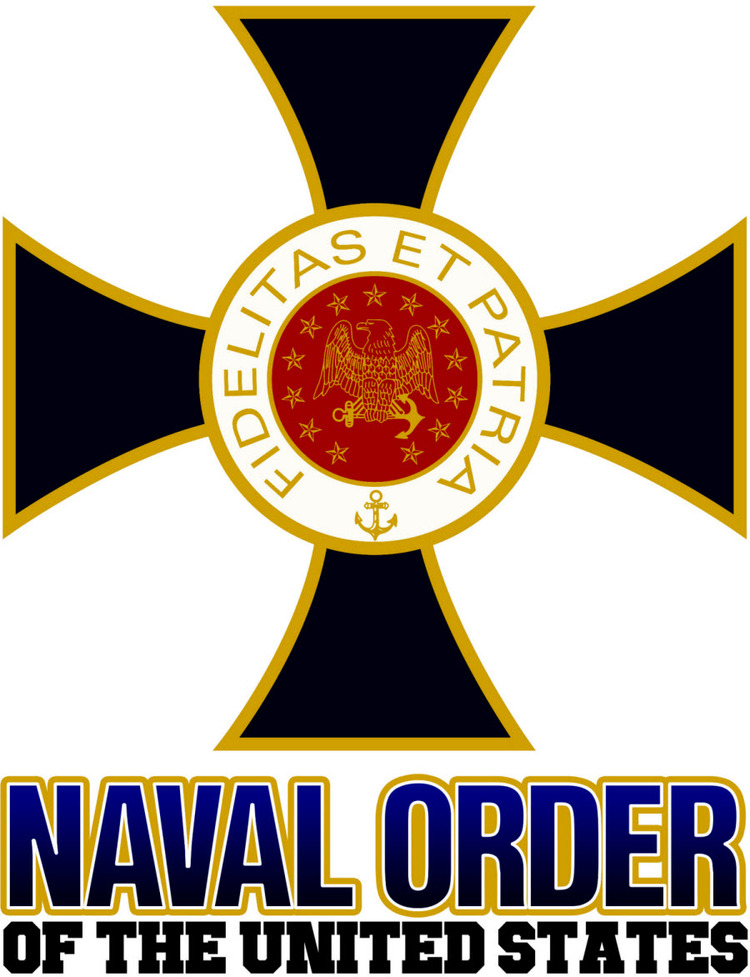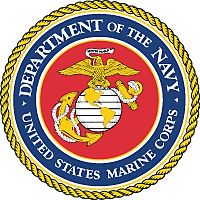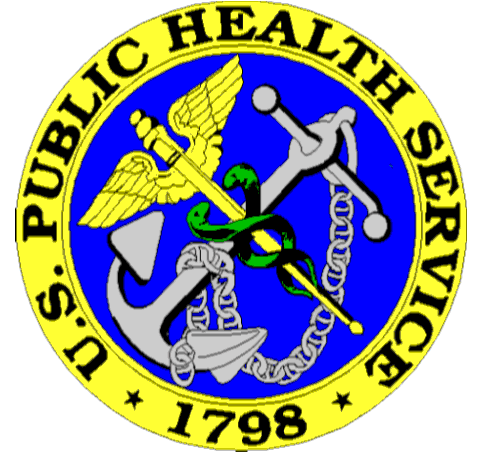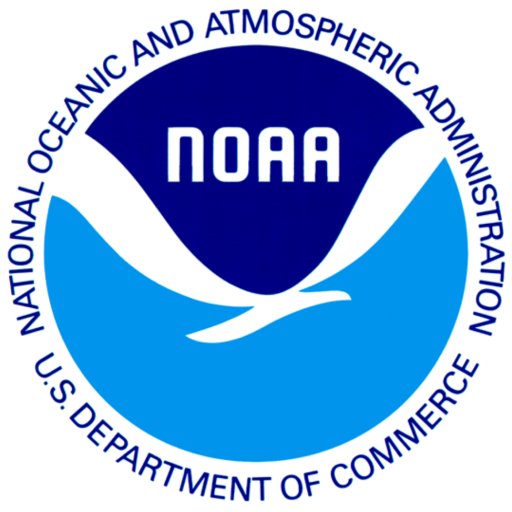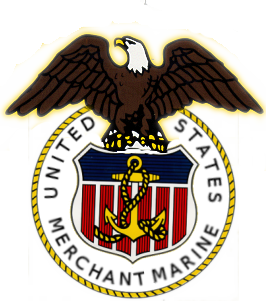About the Naval Order of the United States
MISSION
To encourage research and writing on naval and maritime subjects, preserve documents, portraits and other records of prominent figures deeds and memories of our naval and maritime history, and through fellowship of our members advance the Naval Order's unselfish service and worthy aims for the security and enduring well-being of our country. To foster, among all American citizens, informed interest in the Navy, Marine Corps, Coast Guard and Merchant Marine, with the understanding that their efficiency is essential to national security and that readiness to make victory in war certain and speedy will deter aggression and minimize dangers to world peace.
UNIQUENESS
The Naval Order is the oldest American hereditary exclusively naval society.
From its beginning, the Order has had a dedicated interest in Naval History and has encouraged its recording and preservation.
The Order has a provision for membership based upon lineal descent, which ensures a strong continuing interest in the deeds and accomplishments of companions and their forebears in perpetuity.
The Order's linkage of present companions with their predecessors forges a common bond of responsible, honorable service to our country.
HISTORY
On 4 July 1890, Mr. Charles Calhoun Philbrook, Mr. Charles Frederick Bacon Philbrook, and Mr. Franklin Senter Frisbie, descendants of New Hampshire families identified as mariners since 1636, and sharing a common interest in naval and maritime history, in support of the seagoing services based on their own and their ancestors' military maritime service, met in Boston, Massachusetts. By formal resolution, they established a temporary organization entitled the " Naval Commandery of the United States of America" to further those aims. A permanent organization was established on 10 November 1890, the 115th anniversary of the organization of the US Marine Corps.
Eligibility for membership was based upon service " in any of the wars or in any battle in which the United States Navy or Marine Corps has participated, or who served as above in connection with the Revenue or Privateer Services." (Founders' Formal Agreement, 4 July 1890.)
Seeking a national base, the new Naval Commandery soon established branches in several states. On 19 June 1893, the Naval Commandery entered into a provisional consolidation with the Naval Legion of the United States, a smaller society recently organized with similar aims. This merger was soon ratified under the name NAVAL ORDER of the UNITED STATES. The first Congress of the Naval Order was held on 15 August 1893 in Faneuil Hall. The General Commandery of the Order was formed at this meeting, and the constitution adopted with provision for local commanderies in the various states and " members" becoming " Companions."
One of the noteworthy early companions, not a naval officer himself, was Loyall Farragut, son of the famous David. Loyall was cabin boy in the admiral's flagship, USS Hartford, at Mobile Bay during the Civil War when his father gave the historic order " Damn the torpedoes...(mines) full speed ahead!" Another illustrious companion was Captain George Dewey, who was destined to gain international fame at Manila Bay and become the only officer to hold the rank of " Admiral of the Navy." Dewey later served as Commander General of the Naval Order, 1907 to 1917.
Historical records in the archives of the various states attest to the efforts of individual companions in the establishment and training of Naval Militia in the Eastern and Midwestern states during the 1890's. As a result, trained and ready Naval Militiamen were available to our nation to answer the call to the colors at the outbreak of the Spanish-American War.
Companion Herbert Livingston Saterlee, having observed the operation of the civilian Navy League in England, recognized the value of civilians not directly affiliated with the US Navy, but dedicated to its support. The Naval Order through his efforts and guidance, and with the concurrent encouragement of President Theodore Roosevelt, became the prime mover in organizing the Navy League of the United States, which was chartered in New York in 1902. Saterlee became Commander General of the Naval Order in 1925.
ORGANIZATION
Responsibility for the operation and administration of the affairs of the Naval Order is vested nationally in the General Commandery. It conducts an Annual Congress, which all companions are encouraged to attend and which is the final authority in all matters affecting the Order. It also publishes a newsletter for all companions.
Local commanderies are established at various locations in Arizona, California, Florida, Georgia, Louisiana, Massachusetts, New Mexico, New York, North Carolina, Pennsylvania, Illinois, Texas, Virginia, and Washington, DC Additional commanderies will be formed in other states as membership warrants.
Each commandery holds an annual meeting of its affiliated membership and is encouraged to sponsor a local Pearl Harbor Day observance. Other business and social meetings/functions are held as prescribed by local by-laws and tradition, and may include formal functions such as a " dining out" or a Navy Birthday dinner/ball. Several commanderies hold monthly or quarterly luncheons.
RECOGNITION - AWARDS
In furtherance of its mission, the Naval Order presents annual awards.
The Admiral of the Navy George Dewey Award to one United States civilian eligible for Regular membership in the Naval Order, whose record for service sets him/her apart among his/her peers.
The Distinguished Sea Service Award to one eminently outstanding Sea Services officer of pay grade 0-7 or above shortly after retirement
The Rear Admiral Thurston H. James Memorial Award to the outstanding graduate of the Chief of Naval Air Training Command Flight Officer program
The RADM Samuel Eliot Morison Award for Naval Literature to the author of a published book of particular merit
To the author of a published book of particular merit, the Samuel Eliot Morrison Award for naval literature
To the three US Naval Academy midshipmen scoring the highest in competitive examinations on national and international political science issues
To outstanding midshipmen and cadets at the US Merchant Marine Academy, at New York and California State Maritime Academies and at Naval ROTC programs at various universities,
To the Outstanding Junior Officer Instructor at the US Coast Guard Academy
MEMORIALS
To give visual reminders of the events and the people who made them happen, the Naval Order sponsors the following national memorials through its local commanderies:
The Great White Fleet bronze relief tablet at the Navy Memorial, Washington, DC
USS Houston Memorial monument, Houston, Texas
The Admiral Farragut informational tablet at Farragut Square, Washington, DC
National Liberty Ship Memorial, SS Jeremiah O'Brien historic plaque, San Francisco Bay, California
The Admiral Dewey Memorial bronze bas relief at Battery Park, New York City, New York
The Monument to the U.S. Navy’s participation at D-Day at Utah Beach, Normandy, France
The statue of Fleet Admiral Chester Nimitz alongside the battleship USS Missouri Memorial at Pearl Harbor, Hawaii
OBSERVANCES
Mindful of the historic lesson of the need for eternal vigilance, and in gratitude for gallant service, the Naval Order sponsors the following annual observances through its local commanderies (others being added):
Pearl Harbor Day - 7 December 1941
Victory at Manila Bay and tribute to Admiral Dewey 1 May 1898
Victory at Midway - 4 June 1942
USS Maine Day - 15 February 1898 (Sunk by explosion in Havana Harbor)
USS Houston Day - 28 February 1942 (Sunk in action, Battle of Sunda Strait)
Admiral Farragut Day - 5 August 1864 (Battle of Mobile Bay)
Birth of the Navy of the United States - 13 October 1775
HISTORICAL THRUST
Naval records and artifacts can be found today in many repositories including the National Archives, Federal Records Center, Library of Congress, and the Naval Historical Center, all in Washington, DC in the service academies and graduate schools and in many state historical and maritime museum collections. The Naval Order has elected to place its own records, including most original copies of Applications for Membership with their detailed narrative of eligibility, in the custody of the John B. Hattendorf Center for Maritime Historical Research at the Naval War College in Newport, Rhode Island.
Home • Leadership Lessons • Who We Are • Donate • Contact
